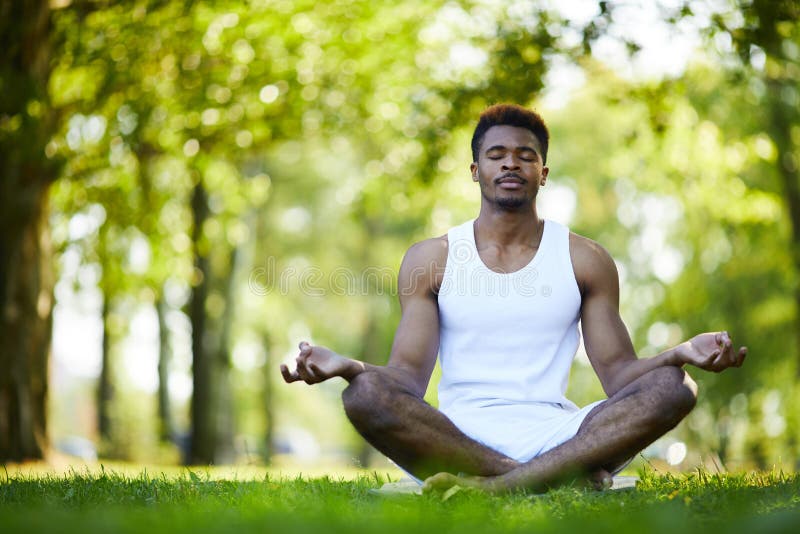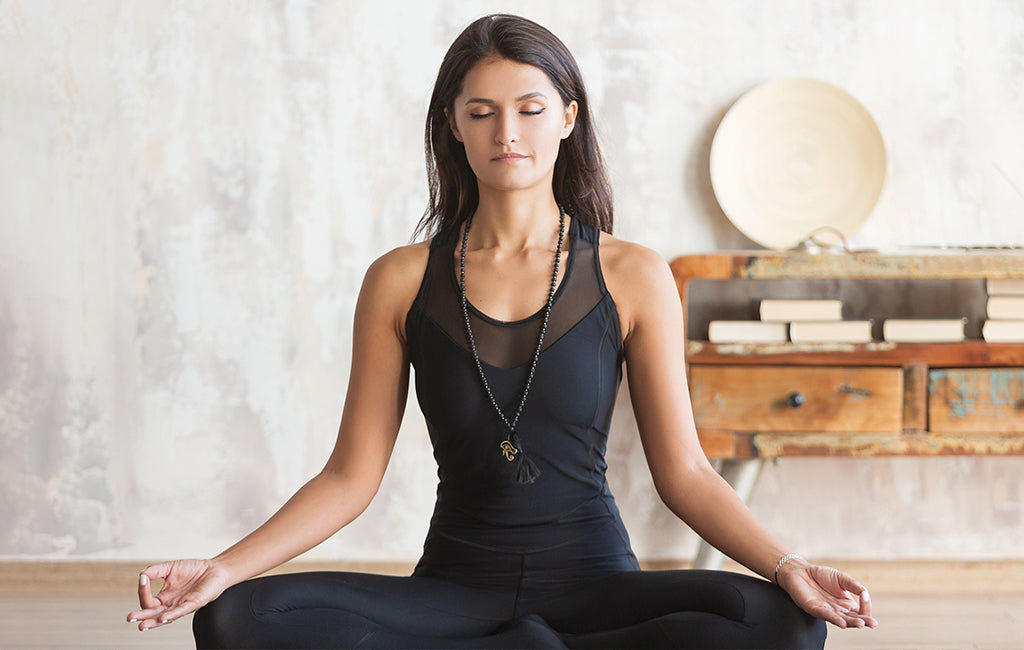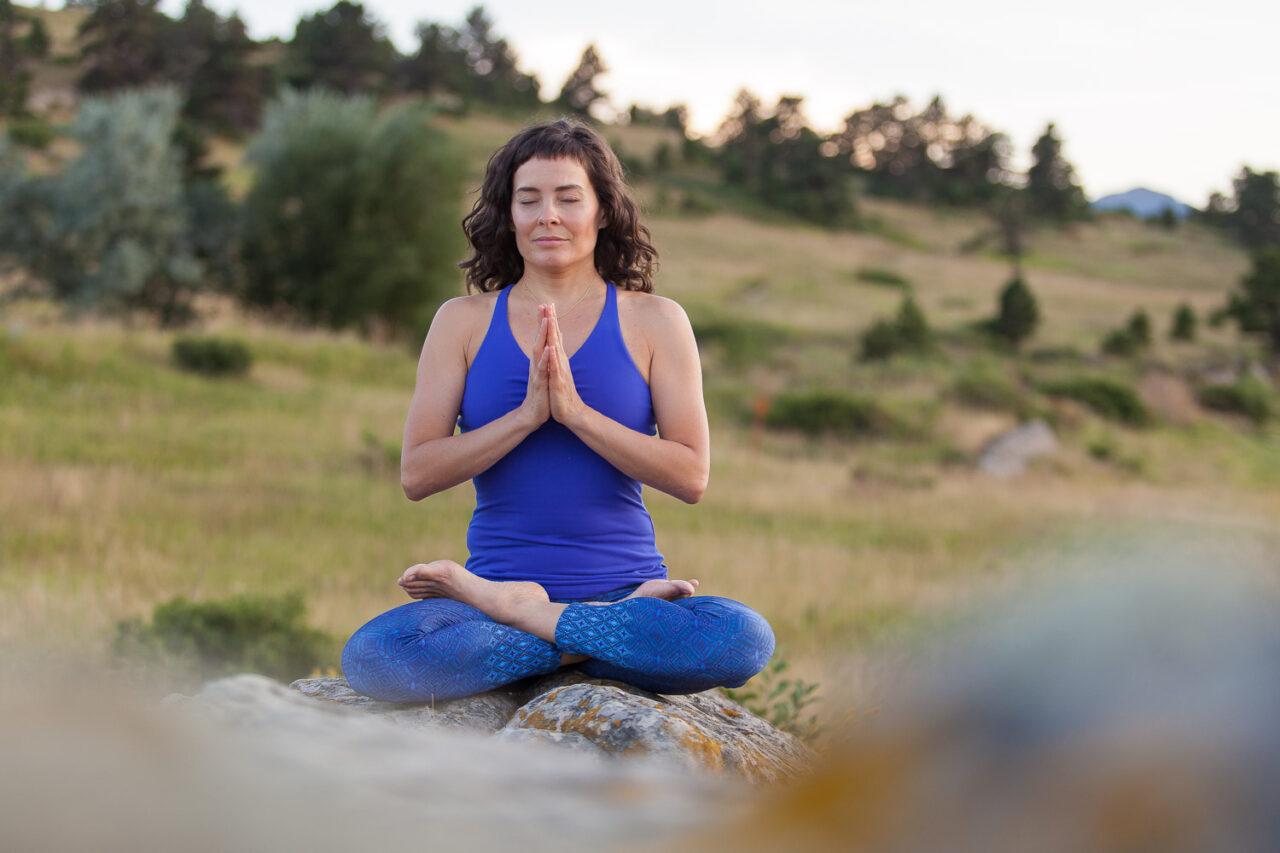Unlock Inner Tranquility: A Comprehensive Guide on How to Meditate?
Unlock Inner Tranquility: A Comprehensive Guide on How to Meditate?
Blog Article
How to Meditate: A Detailed Method to Achieving Mindfulness and Calm
Meditation serves as an effective tool for achieving mindfulness and emotional tranquility in a hectic globe. By understanding the essential concepts and methods included in meditation, people can grow a practice that enhances their overall wellness.
Understanding Meditation
Comprehending reflection includes grasping its basic concepts and methods, which work as the structure for the practice. At its core, reflection is a psychological exercise focused on promoting relaxation, developing interior power, and creating concern and insight. The technique encourages people to concentrate their attention, typically through techniques such as deep breathing, visualization, or mantra repeating.
Reflection can be classified into various styles, consisting of mindfulness, transcendental, and loving-kindness meditation, each with unique purposes and approaches. Mindfulness reflection stresses present-moment recognition and non-judgmental observation of ideas and sensations, while transcendental reflection entails using details rules to go beyond average mind. Loving-kindness meditation concentrates on developing a mindset of love and concern in the direction of oneself and others.
No matter the technique used, the primary goal continues to be consistent: to cultivate a much deeper understanding of the mind and its patterns. This self-awareness fosters psychological resilience, quality of idea, and a profound sense of calm (How to meditate?). By understanding these concepts and methods, individuals lay the foundation for a successful reflection practice that can dramatically enhance their total health
Getting Ready For Your Practice
Before starting your reflection technique, it is vital to develop a setting for focus and leisure. Select a quiet room where you are unlikely to be interrupted. This might be a corner of a space, a yard, or any kind of place that evokes a feeling of peace. Guarantee that the location is tidy and totally free of mess, as a tidy atmosphere can aid clear the mind.
Think about the lighting, as natural light can enhance your state of mind and energy. Soft, cozy lighting is frequently extra relaxing than extreme fluorescent lights. In addition, choose a comfortable temperature, guaranteeing that you are neither as well hot nor too cool.
Including components that advertise peace can better boost your experience. This might consist of soft pillows or blankets for comfort, as well as relaxing aromas from essential oils or scent. It can likewise be helpful to have a timer set for your reflection session to protect against disturbances from clock-watching.
Fundamental Meditation Techniques

One more effective strategy is body check reflection. This entails psychologically checking your body from head to toe, noticing any type of locations of stress or pain and consciously kicking back those muscular tissues. This practice promotes a much deeper link between your mind and body.

Lastly, loving-kindness meditation concentrates on growing concern towards yourself and Recommended Site others. Quietly repeat phrases of a good reputation, improving emotional health and interconnectedness. Each of these techniques acts as a structure for your meditation trip, enabling you to find the approach that resonates best with your personal technique.
Preserving Focus and Mindfulness

Developing a committed reflection room can improve the capability to preserve mindfulness. A peaceful, uncluttered environment minimizes interruptions, enabling deeper immersion in the practice. In addition, establishing a time restriction can aid handle expectations; starting with shorter sessions might alleviate the transition right into longer techniques.
Using techniques such as body scanning or observing sensations can also boost mindfulness. These techniques motivate specialists to remain existing and engaged with their physicality, securing their interest in the moment. Normal method is necessary; the brain builds strength gradually, creating a more powerful capability for emphasis.
Incorporating Meditation Into Every Day Life
Including meditation right into day-to-day life can change regular activities right into chances for mindfulness and self-reflection. By incorporating mindfulness methods into usual tasks, people can cultivate a better sense of presence and peace in the middle of the numerous hours of daily life.
Begin by recognizing minutes throughout your day where you can exercise and stop mindfulness. Even mundane tasks like cleaning dishes or walking can end up being possibilities for reflection by routing your attention to the feelings look at here of motion and the audios bordering you.
Additionally, setting aside specialized times for reflection can enhance its method. Begin with brief sessions, progressively raising duration as you become much more comfortable. Usage suggestions or cues-- like a specific time of day or a calming sound-- to establish consistency.
Inevitably, the objective is to weave mindfulness into the textile of day-to-day life, permitting you to come close to each minute with objective, thus enhancing your overall feeling of wellness and clarity.
Conclusion
In verdict, effective reflection requires a silent environment, a comfy position, and an emphasis on the breath. Regular reflection, even in short sessions, cultivates a deeper link to the present moment, inevitably leading to greater tranquility and mental clearness in day-to-day life.
Meditation can be categorized right into various designs, consisting of mindfulness, transcendental, and loving-kindness meditation, each with unique purposes and approaches. Mindfulness reflection emphasizes present-moment understanding and non-judgmental monitoring of thoughts and feelings, while transcendental reflection involves the use of specific mantras to go beyond common thought processes.With your meditation space prepared, it's time to discover different standard reflection techniques that can aid cultivate mindfulness and inner tranquility.Consistently maintaining emphasis and mindfulness during reflection can be difficult, specifically for those brand-new to the technique.Establishing a specialized reflection area can boost the capacity to keep mindfulness.
Report this page